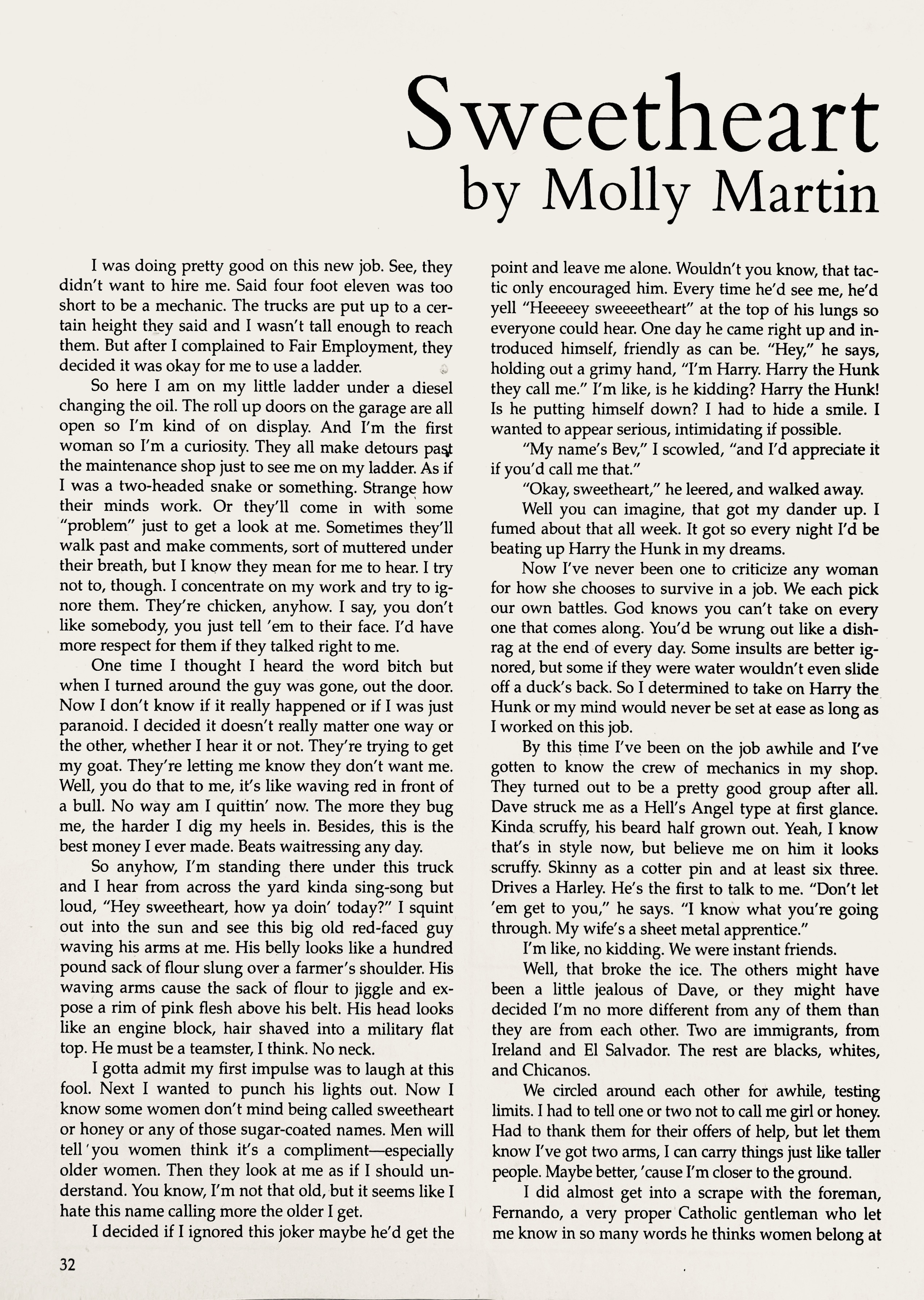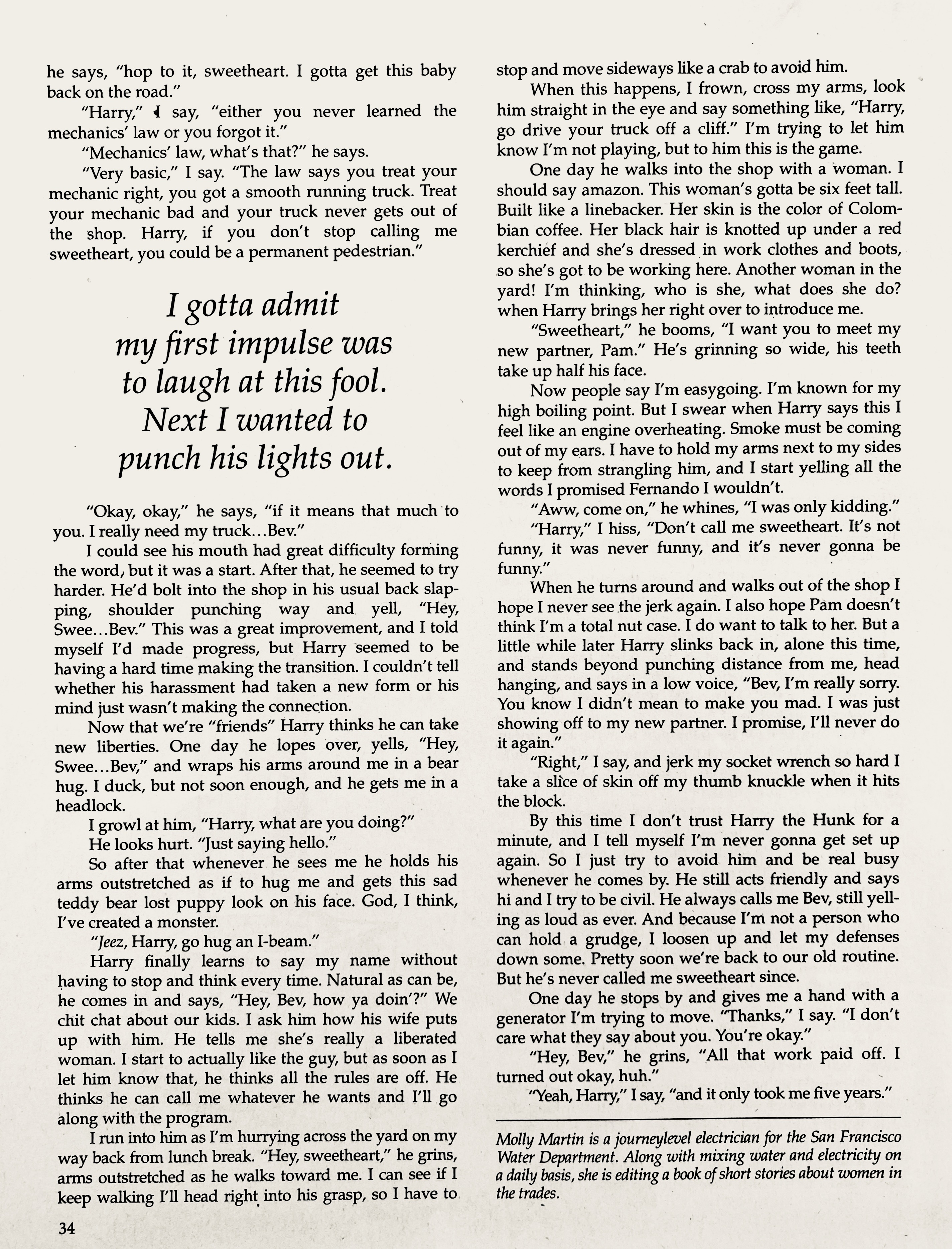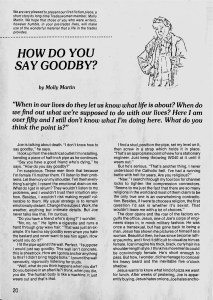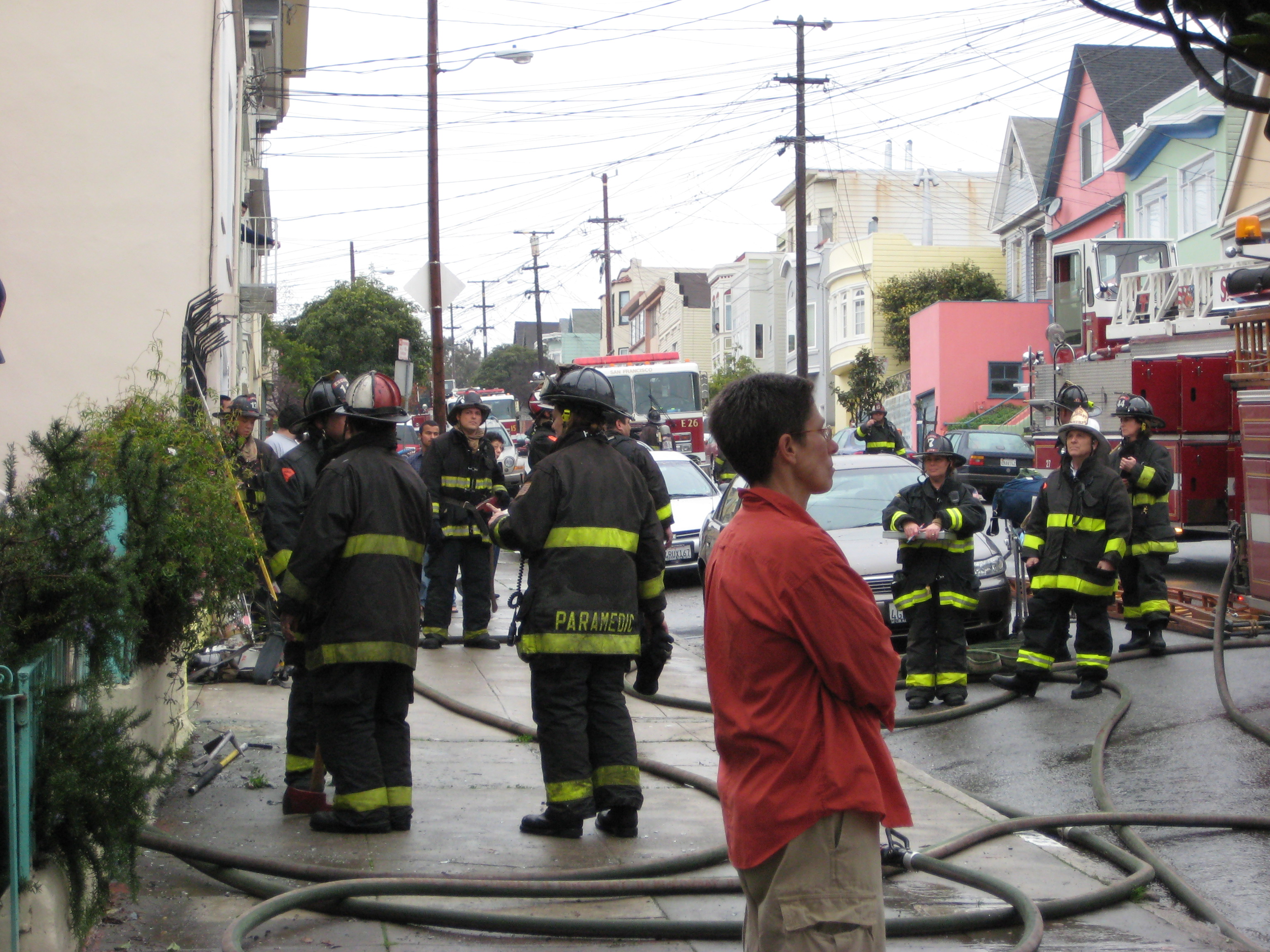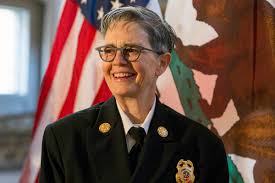The Fight Fight Fight for Decent Treatment by NFL Cheerleaders
I admit I was prejudiced. I was one of those feminists who thought cheerleaders were the antithesis of feminism, sucking up to powerful men and athletes, embodying or seeking to embody the male ideal of woman.
But then I saw the PBS film A Woman’s Work, about the struggle of the NFL cheerleaders for better wages and working conditions. Now I think some cheerleaders are feminist heroes.
The film documents their years-long campaign against wage theft by their employer, the National Football League. The NFL and its 32 franchises are worth $80 billion and yet, rather than do the right thing and pay their workers a decent wage, they round up their corporate lawyers and fight to keep women down. The industry, run by rich conservative old men, still views itself as untouchable. Now the cheerleaders are on the front line in the feminist struggle against male chauvinism, male privilege and toxic masculinity.
I’m a retired electrician who has fought for the last half-century to insure women’s entry to the skilled trades. The construction industry is the other side of the gendered employment coin. We were kept out of lucrative union construction jobs because of our gender. The bosses said we were not strong enough to do the work and they’re still saying it, even though we’ve been doing the work for decades. Of course just because the job is physically difficult does not mean a worker makes better pay. Quite the contrary. Plenty of women (and men) work at hard jobs for low pay. Union construction workers make good money because of union contracts.
Women wanted to work in construction for many reasons: We wanted to build something valuable, to learn a craft and take pride in it. Many of us chafed at being required to wear dresses, pantyhose and makeup to work. But the big reason was money. Men working in “men’s” jobs make way more money than women working in “women’s” jobs.
Watching this film I felt an immediate sisterhood with the cheerleaders. Their plight brought up questions for me: What do they, working in a “woman’s job” have in common with us women who work in the construction trades? The film asks “What is women’s work? What is men’s work?” Cheerleading was once the domain of men, that is until team owners realized sexy women shaking their booties could make money for them.
I didn’t know how bad it has been for cheerleaders. Maybe no one did. They were traditionally paid less than minimum wage and not paid for much of the work they did. Some teams paid them nothing at all. They were required to practice—wage free—for nine months before the season. And they were fined when late to practice. They were constantly scrutinized for body fat and rated on the size of body parts.
The film introduces us to three women from different NFL teams who chose to fight the NFL’s sexism. Lacy’s story is compelling. The product of a poor family in small town Alabama, she had always wanted to be a dancer and she began winning dance contests early on. The first to file a lawsuit, in 2014, she worked for the Oakland Raiders. A cheerleader in high school and college, Lacy was used to being paid for her work. “Louisiana Tech compensated us well,” she says. So it was a shock to find out the Raiders and the NFL didn’t value the cheerleaders even enough to pay minimum wage. The women didn’t get paid till the end of the year, and then not at all for the nine months of required practice sessions. Hair, nails, tan and required travel were out-of-pocket expenses. Waiting for her first paycheck to come, Lacy says she didn’t know all this.
Lacy retained the San Francisco law firm Levy Vinick Burrell Hyams, known for taking on major employment discrimination cases. I was pleased that the film includes interviews with the lawyers, all women. The firm’s symbol is Rosie the Riveter and their motto is “Who would Rosie hire?” Prominent in the office, besides numerous images of Rosie, is a picture of attorney Leslie Levy with Mary Dunlap, a civil rights hero in the San Francisco Bay Area. A well-known feminist and gay activist who died in 2003 at 54, Mary was a founder of Equal Rights Advocates, a law firm that we tradeswomen have worked with since the 1970s. Without our dedicated lawyers we could never have succeeded in integrating the construction trades. As with the cheerleaders, class action lawsuits were the basis of our ongoing struggle.
Also profiled is Maria who, along with five other cheerleaders, filed suit against the Buffalo Bills, a team that expected its cheerleading squad, the Buffalo Jills, to work for free. In response the NFL used tactics that employers typically use to fight unions. The Buffalo Bills team simply abolished its cheer squad. Then they blamed the women who filed the suit, using the divide and conquer tactic and bullying the others to opt out of the suit, which has still not been resolved.
Bailey Davis is the third cheerleader profiled in the film. She filed an EEOC complaint against the New Orleans Saints. Davis was one of the Saintsations, the Saints’ cheerleading squad. That is, until she posted a photo of herself in a one-piece lace bodysuit on her private Instagram account. The Saints fired the 22-year-old in 2018 for violating a code of conduct that prohibits cheerleaders from appearing nude, seminude or in lingerie. It wasn’t the only strict rule that Davis and her former colleagues had to follow—cheerleaders for the Saints can’t have players follow them on social media, must have private social media accounts and are required to leave parties or restaurants if players are there. The company says the rules are in place to prevent cheerleaders from being preyed on by players.
“The players have the freedom to post whatever they want to on social media,” Davis told the press. “They can promote themselves, but we can’t post anything on our social media about being a Saintsation. We can’t have it in our profile picture, we can’t use our last name for media, we can’t promote ourselves, but the players don’t have the same restrictions.”
The women who filed suit against the NFL were attacked mercilessly. “I just kept telling myself I’m doing the right thing,” says Lacy.
At the same time as it keeps a tight reign on the cheerleaders’ behavior, the NFL protects players charged with domestic violence. There’s a connection here. “Wage theft, sexual harassment and domestic violence are all about power,” say the lawyers.
Scenes later in the film show these women at home taking care of kids and husbands with a not-so-subtle message that all women’s work is undervalued. Here these women work for free and there is no time off.
Another issue, the sexual harassment and pimping of cheerleaders is only hinted at in the film, which focuses on labor issues like wages and working conditions. In 2018 Washington Redskins cheerleaders complained of being pimped out to male donors. “I don’t think they viewed us as people,” said one.
Football reeks of toxic masculinity. And having a posse of sexy females ready to do your bidding and totally under your control is just part of the deal. Women are seen by these men as sexual objects. Decades ago the Dallas Cowboys led the way in selling sex on the sidelines while paying the cheerleaders next to nothing. “It was a business,” said members of the squad. “And we were the merchandise.”
In the construction trades, after decades of fighting for equal treatment, our efforts are paying off. It took years to get our unions on board, but now they are partnering with women to improve working conditions. Because of our advances, when the #Metoo movement erupted I was shocked—not that sexual harassment existed in Hollywood and elsewhere, but that it was so widespread and institutionalized. The world of construction is changing, if slowly, and we are ahead of some industries.
The world of cheerleading is changing too. It’s now seen as a competitive sport that incorporates gymnastics with athletic dance. Millions of people watch and participate in worldwide competitions. The NFL needs to get with the program.
Lacy won her lawsuit, after four years of fighting, but many more lawsuits are in process. Ten teams have been sued so far. The NFL has met its match in cheerleaders. Lacy, who had not considered herself a feminist, now says, “I realize feminism is everything I’m fighting for—equal rights, equal pay, equal treatment.”
Published in New York Labor History http://newyorklaborhistory.org/web/wp-content/uploads/2021/02/WHN_wintersping2021_F.pdf


